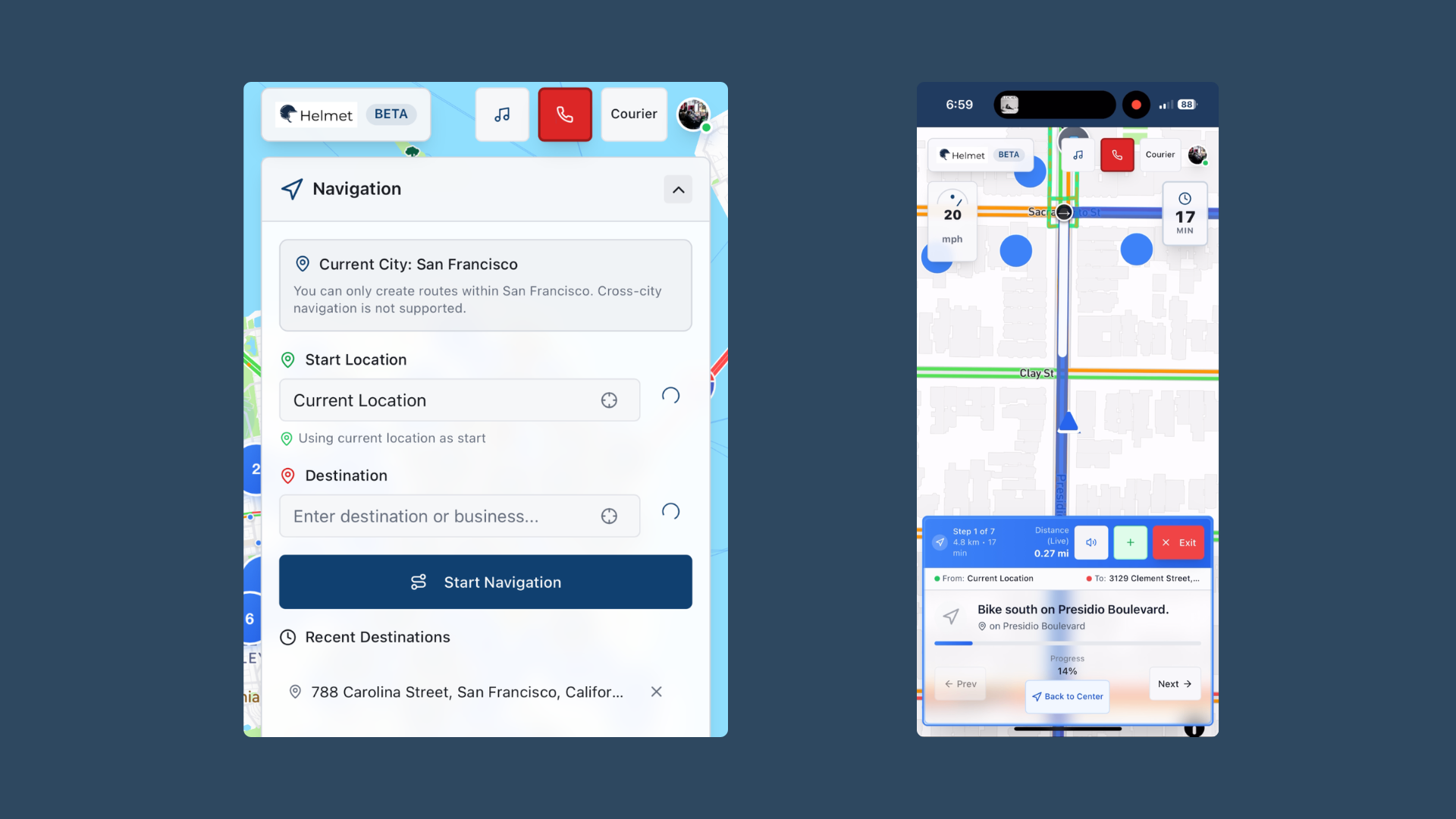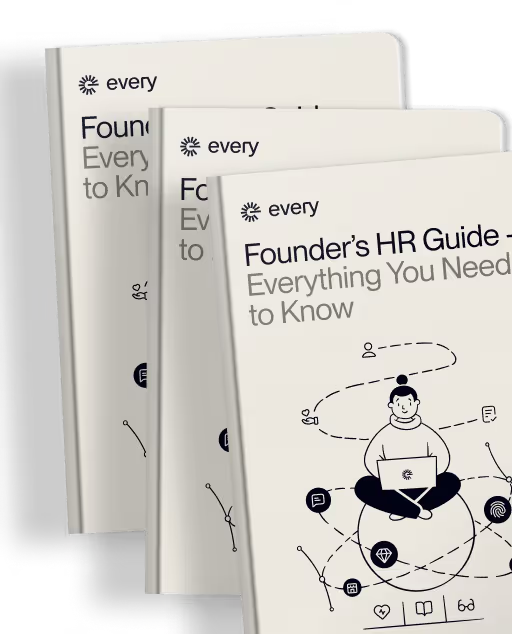The Maps App for Micromobility: How Arjun Rai is Building Helmet to Improve Safety and Structure for E-Scooter Riders

Whether it's electric scooters weaving through San Francisco traffic or e-bikes zipping past subway stations in New York, micromobility transport options have become an essential part of modern urban infrastructure, offering convenient, eco-friendly alternatives to traditional transportation.
By 2028, there are expected to be 129 million electric scooters on roads globally, with the entire micromobility industry projected to reach $340 billion by 2030, according to McKinsey. Yet despite its growth, the industry remains a legislative "wild west," with little regulation, licensing, or safety infrastructure.
Having driven nearly 30,000 miles across four electric scooters of his own over the last 10 years between San Francisco and New York City, Arjun Rai the co-founder of RideHelmet.com, experienced this disorganization firsthand. He constantly found himself unsure of the best routes to take on his e-scooter or the safest place to park, and was unable to track his miles, routes, battery usage etc. easily.
After exiting his previous startup in the marketing tech industry, Arjun wanted his next venture to fall at the intersection of purpose, passion, and profit. So he set out to build RideHelmet.com and solve safety and navigation for last-mile electric vehicle users (aka PEVs or Personal Electric Vehicles).
Introducing Helmet: Safe navigation, parking and insurance for micromobility
Helmet is an all-in-one application built specifically for electric scooter, e-bike, unicycle, and skateboard users (they've even seen now electric roller blades). The app makes it easy for users to navigate to their destinations while automatically avoiding high-crime areas and steep hills if they have that option turned on.
Unlike major mapping apps, such as Google Maps and Apple Maps, which are designed for traditional transport methods and prioritize advertising local businesses over specialized routing needs, Helmet focuses exclusively on the requirements of micromobility users. Think “All Trails app for PEV riders.” The app uses real-time safety insights and crowd-sourced parking activity to identify the safest parking spots for personal e-scooters, and optimizes its GPS for manageable riding and crime-aware routing.

Alongside becoming a staple of micromobility transport, Helmet is aiming to partner with city governments (such as San Fransisco government currently) and regulators to bring much-needed structure to the micromobility space. In the long run, Arjun and his co-founder aim for Helmet to become the "DMV for micromobility," with proprietary insurance products, risk-based premium pricing, and digital vehicle licensing to help riders navigate the future of electrified micromobility.
Despite only launching five weeks ago, Helmet has already begun building its community of micromobility users, with riders actively using the app and providing feedback through Helmet’s Instagram community. Arjun is currently expanding this base through grassroots marketing efforts, including street interviews and soon "coffee club style raves" at bicycle shops across the city for PEV enthusiasts.
Arjun's advice for fellow founders
Throughout his experience founding multiple startups, Arjun has found that the best paths to growth are often unconventional. He encourages founders to look beyond traditional marketing methods and "try everything. Start now and don't get caught up in anything specific." At Helmet, for example, Arjun is holding off on any paid advertising to spark initial growth and instead pursuing government partnerships and organizing in-person community events.
A resource that influenced Arjun's perspectives on early-stage marketing is Gabriele Weinberg’s Traction, which outlines how founders can test multiple acquisition methods to identify the best for their business.
To learn more about Arjun’s journey building Helmet, you can follow him on LinkedIn and visit Ridehelmet.com.
Up to 3,500 bonus and 3% cash-back on all card spend [3], 6 months off payroll, and 50% off bookkeeping for 6 months, free R&D credit.
Frequently Asked Questions
- How do I sign up for Every?
You can get started right away—just click “Get Started” and follow a short onboarding flow. Prefer a little help? One of our specialists can walk you through incorporation, banking, payroll, accounting, or whatever you need.
- What features does Every offer?
Every gives startups a complete back office in one platform. From incorporation and banking to payroll, bookkeeping, and tax filings, we take care of the operational heavy lifting—so you can spend more time building, less time managing.
- How is Every different from other tools?
Most competitors give you software. Every gives you a full-stack finance and HR team—plus smart financial tools that actually benefit founders. Earn up to 4.3% interest on idle cash and get cash back on every purchase made with your Every debit cards, routed straight back to you.
Every is not a bank. Banking services provided by Thread Bank, Member FDIC. Your deposits qualify for up to $3,000,000 in FDIC insurance coverage when Thread Bank places them at program banks in its deposit sweep program. Pass-through insurance coverage is subject to conditions. The Every Visa Business Debit Card is issued by Thread Bank, Member FDIC, pursuant to a license from Visa U.S.A. Inc. and may be used anywhere Visa cards are accepted.
- Is my data secure with Every?
We use end-to-end encryption, SOC 2-compliant infrastructure, and rigorous access controls to ensure your data is safe. Security isn’t a feature—it’s foundational.
Can I switch to Every if my company is already set up?Yes—you can switch to Every at any time, even if your company is already incorporated and running. Whether you're using separate tools for banking, payroll, bookkeeping, or taxes, we’ll help you bring everything into one place. Our onboarding specialists will guide you through the process, make sure your data is transferred cleanly, and get you set up quickly—without disrupting your operations. Most founders are fully transitioned within a week.
- What stage of startup is Every best for?
Every is designed for startups from day zero through Series A and beyond. Whether you're just incorporating or already running payroll and managing expenses, we meet you where you are. Early-stage founders use Every to get up and running fast—with banking, payroll, bookkeeping, and taxes all handled from day one. Growing teams love how Every scales with them, replacing patchwork tools and manual work with a clean, unified system.
We’re especially valuable for teams who want to move fast without hiring a full finance or HR team—giving founders more time to build, and fewer distractions from admin and compliance
- How long does onboarding take?
Onboarding with Every is fast and efficient. For most startups, the process typically takes between 3 to 7 days, depending on your specific needs and how much setup you already have in place.
If you're a new company, you'll be up and running quickly—getting your banking, payroll, and bookkeeping set up without hassle. If you’re transitioning from another system, our specialists will help you migrate your data, ensuring a smooth switch with no gaps or errors in your operations.
We guide you every step of the way, from incorporation to setting up automated payroll to handling your taxes—so you can focus on growing your business. Our goal is to make sure you're fully operational and confident in your back office in under a week.
Practical Questions to Ask to Ensure Your Bank is Well Managed
How much liquidity does the bank have on hand to cover unexpected withdrawals or shortfalls?
What percentage of the bank's deposits are invested in longer-term securities and loans, and what percentage is kept as cash reserves?
How does the bank diversify its investment portfolio to minimize potential losses and reduce risks?













